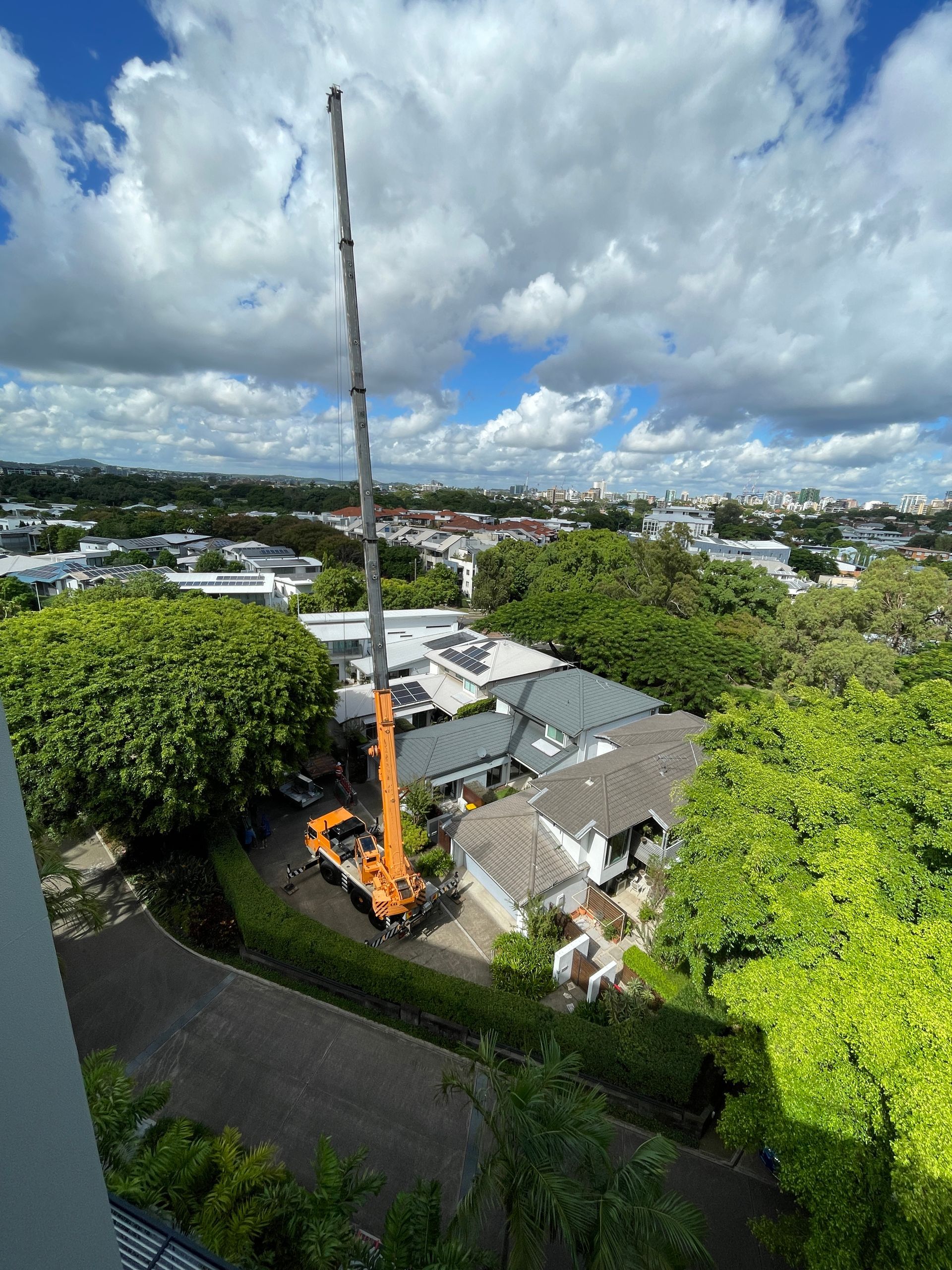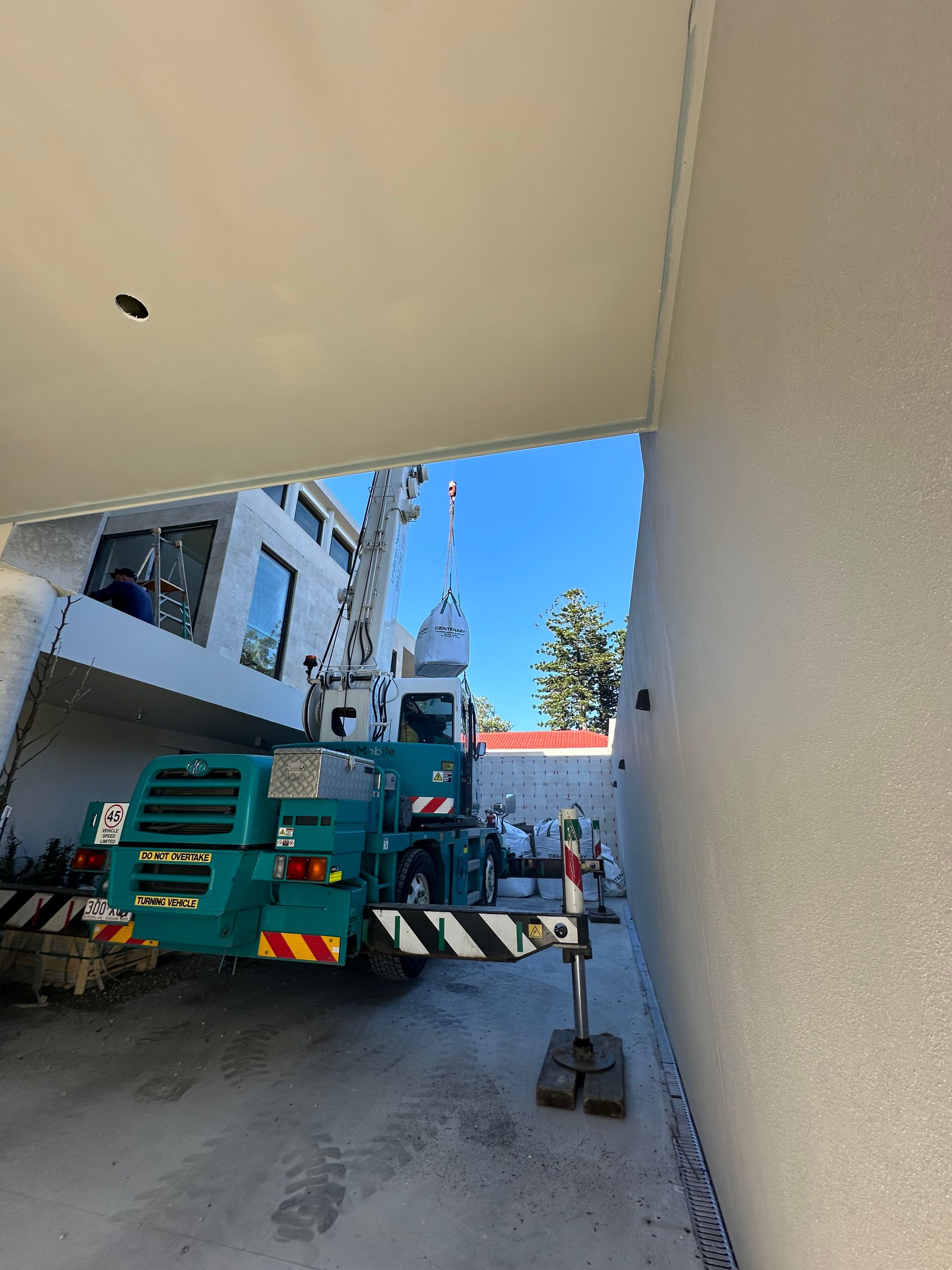How The Weather Affects Crane Lifting

Do you need a mobile crane, but are unsure if environmental factors linked to your job site will play a role in crane lifting? Well, the simple answer is yes.
As far as mobile cranes go, these marvellous machines are generally available in four principal formats: truck mounted, rough terrain, crawler or floating. The type of mobile crane you need for a particular task will often depend on a wide variety of variables, such as weight, access and of course, the environment you need to use one in.
Opting for a mobile crane is often a great way to cut down on the expenses of a construction project and is generally considered to be a necessary evil. Of course, it’s also usually the cheaper alternative when compared to the costs of buying, storing and maintaining one yourself. However, even if you do opt to rent one as a means to get the job done, it’s crucial to remember that tasks linked to crane lifting are often at the mercy of the weather.
Environmental Conditions That Influence Crane Usage
From construction to manufacturing to shipbuilding and material loading, cranes are used in a wide variety of settings, sectors and projects. Like any piece of machinery or equipment, safely working with cranes is slightly more complex than pressing the “on” button, and weather conditions influence their effectiveness and safety much more than the average person often realises.
According to Safe Work Australia, there are around 240 serious injury claims every year that are related to working with cranes. If you want to avoid becoming a statistic, many workplace accidents can be avoided by minimising your exposure to risks before the job starts and taking note of your surroundings, such as the weather conditions. As a general rule, the below environmental factors are often serial offenders when it comes to heightened dangers associated with crane lifting.
Wind - High winds during crane lifting procedures can cause the load to swing. As this can place an enormous amount of pressure and an unnecessary load on the crane, worst case scenarios include this causing the load to drop, or even result in tipping failure. While every mobile crane will come with a manufacturer’s recommendation for maximum wind speed during operation which should be strictly adhered to, get the right advice from your rental provider and postpone if the weather is too windy - especially if you’re lifting at significant heights.
Lightning - While many mobile cranes are often formidable in size, the boom attached to them quite literally represents a lightning rod. In the event that you spot lightning on a job site or if you can hear thunder, lower the crane boom as much as possible and turn off power connected to the crane. The operator and any nearby workers should then seek shelter at a far distance from the crane, and any other metal equipment onsite. Before returning to work using the crane, be sure to conduct a thorough safety inspection to check for any electrical damage or faulty ropes.
Rain - Visibility plays a large role in maintaining a safe working environment while using a crane, and without it, work should cease immediately until the rain or fog clears. Damp or wet working areas also increase the chance of a slip or fall, so be sure to take extra precautions when moving in and out of the cab. Significant rainfall can also change the terrain of the job site, with excess mud or rocks having the potential to wreak havoc on the initial work approach. Be sure to check the clutch and brakes as well for any potential water damage.
When working with any form of mobile crane provider, “safety first” shouldn’t be negotiable - it’s an essential. More often than not, a less than ideal mobile crane hire company could very well cause more headaches than they do solutions, so it’s important for consumers to do their research and partner with a reputable provider - but where do you find one?
Sourcing Outdoor Cranes In South East Queensland
Lindores Mobile Cranes (LMC) are a mobile crane and labour hire business that has unequalled experience in the construction industry spanning two generations. In operation since 2007, we’re a family owned business and are also proud owners of Brisbane’s only Humma crane.
Google reviews and even peers within the industry are always a good starting point to ensure that a mobile crane hire company is a reputable business provider. At Lindores, we’re not only too happy to show you the feedback from our customers, but it’s something that we’re actually quite proud of.
At LMC, we pride ourselves on knowing what our customers require, and aren’t afraid to think outside of the box with suggestions in order to reduce costs and increase productivity. If you would like to explore your options regarding crane hire in South East Queensland or aren’t quite sure where to start, get in touch with us today.
The Liftout

When people think of crane hire, they often picture towering construction sites or major infrastructure projects. But across Southeast Queensland, an increasing number of residential builders are considering mobile cranes as an essential tool onsite. At Lindores Mobile Cranes , we’ve seen first-hand how reliable crane hire can simplify and speed up residential builds. Smarter Lifting for Modern Home Builds As homes get larger, blocks get smaller, and architectural designs become more complex, the need for precision lifting has never been greater. Roofing materials, structural steel, and even prefabricated walls often need to be placed quickly and safely in hard-to-reach locations. Our mobile cranes, including Mini Crawlers and Frannas , make light work of these tasks. This saves builders time, reduces manual handling, and improves site safety. With our experienced operators on board, there’s no guesswork, no delays, and no unnecessary risk. Explore our mobile crane fleet Tight Access? No Problem. Many of Brisbane’s older suburbs, like Paddington, Spring Hill, and Petrie Terrace, come with tight driveways, steep slopes, and minimal space for materials. That’s where compact mobile cranes and mini crawlers shine. They’re designed to work in confined spaces without compromising lifting capacity or site safety. We regularly help builders lift roofing, frames, pools, and more into hard-to-access sites, without the need for expensive site modifications or lengthy manual labour. Supporting the Sunshine Coast and Gold Coast Residential Market It’s not just Brisbane where we’re seeing demand. Across the Sunshine Coast, with its steep hinterland blocks, and the Gold Coast, where many homes are built close to canals or high-density zones, mobile crane hire is becoming a key part of building smarter, safer homes. Crane Hire That Fits the Residential Build Schedule We know how critical timing is for builders. Delays in lifting can hold up entire stages of the project. That’s why we offer flexible booking options, fast response times, and a commitment to showing up when we say we will. It’s part of the reason why so many residential builders across Southeast Queensland trust Lindores Mobile Cranes for their lifting needs. Ready to Lift Smarter on Your Next Build? No matter the project, our team has the equipment and expertise to help. Contact our team today by calling us on 07 3376 0611 or email lmcops@lmcranes.com.au.

Urban construction across Brisbane’s inner suburbs, like Brisbane City, Fortitude Valley and West End, presents a unique challenge. Limited street access, tight driveways, weight-restricted concrete slabs, and close proximity to neighbouring buildings mean that traditional mobile cranes simply won’t fit. At Lindores Mobile Cranes , we’ve seen how mini crawler cranes are transforming the way construction is carried out on these sites. Compact, precise, and highly mobile, these machines are fast becoming essential for projects across Queensland . Rethinking Lifting for Urban Environments In city and suburban projects, space is at a premium. Construction teams often deal with narrow laneways, busy streets, or strict local council rules that make large-scale crane operations unfeasible. In some cases, access is so restricted that conventional lifting equipment can’t get anywhere near the job site. That’s where mini crawler cranes come in. Built specifically for tight and complex environments, these machines allow builders to lift heavy materials safely and efficiently, without the need for wide access or extensive setup areas. See our full fleet of mobile and mini cranes. Compact Size, Serious Capability Despite their size, mini crawler cranes don’t compromise on performance. Designed to operate in confined spaces, they’re able to move through narrow driveways and even fit inside buildings if required. Their rubber tracks reduce surface pressure, making them safe for use on rooftops or polished concrete slabs, and their zero tail-swing allows for safe manoeuvring in environments with little margin for error. These features make them ideal for everything from steel erection and glass installation to HVAC placement and residential renovations. We’ve supported projects as varied as boutique homes in New Farm and shopfront fit outs in Surfers Paradise , proving how versatile these compact machines really are. Designed for the Modern Job Site Mini crawler cranes are an increasingly popular choice for residential builds, renovations, and even commercial fit outs across Queensland. Their small footprint and fast setup time mean less downtime, lower costs, and fewer headaches when working in restricted-access environments. Ready to Lift Smarter in Tight Spaces? At Lindores Mobile Cranes , we’ve helped countless clients across Brisbane , the Gold Coast , and South East Queensland navigate complex job sites with ease. Our team can advise you on the right crane for your lift, organise pre-lift planning, and provide experienced operators who understand the ins and outs of working in urban environments. Contact our team today by calling 07 3376 0611 or email lmcorps@lmcranes.com.au.

